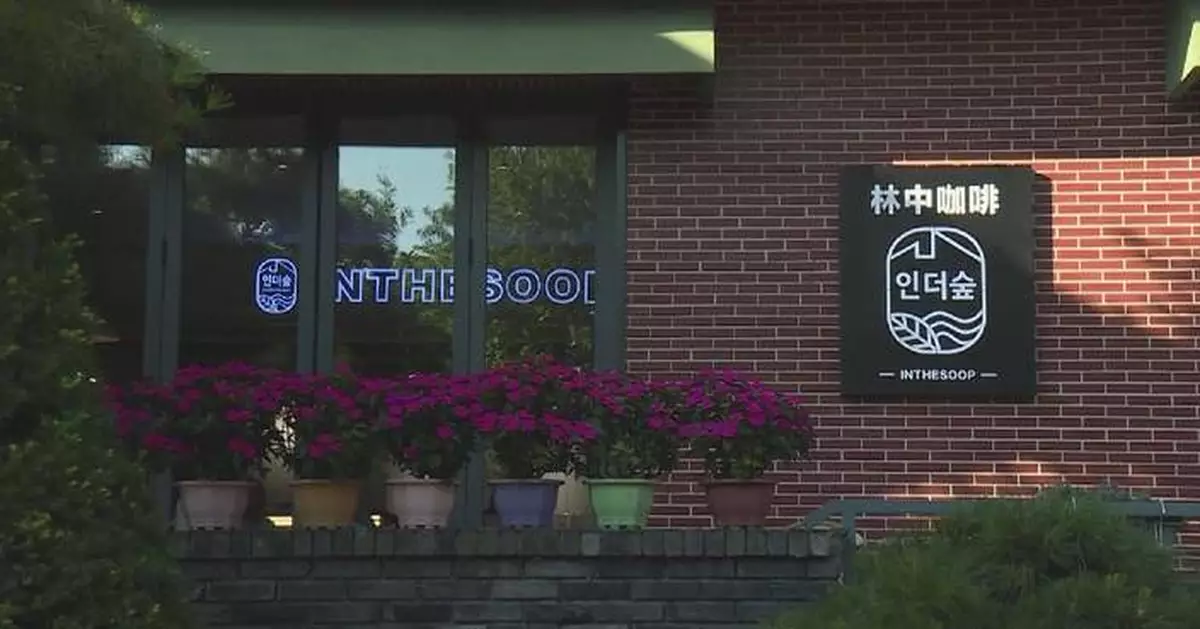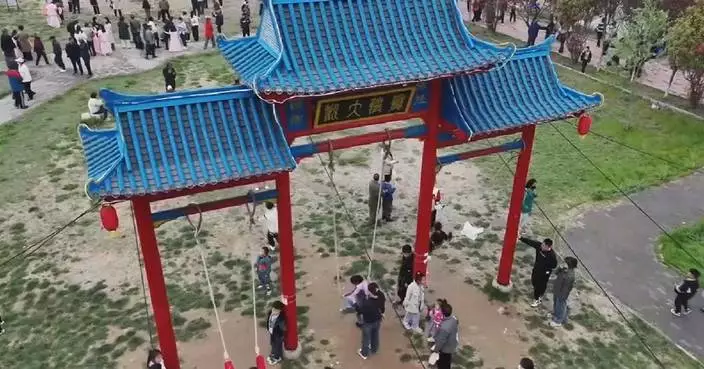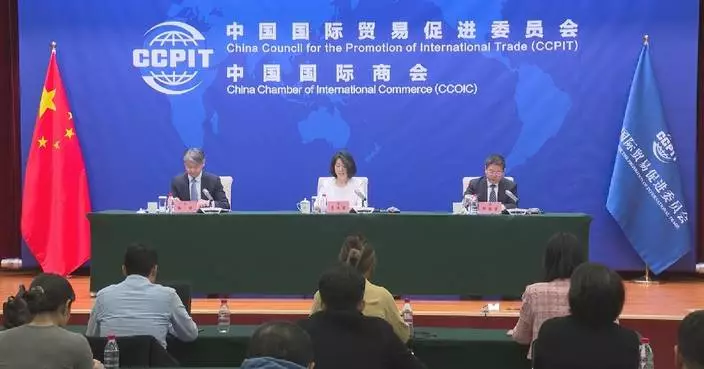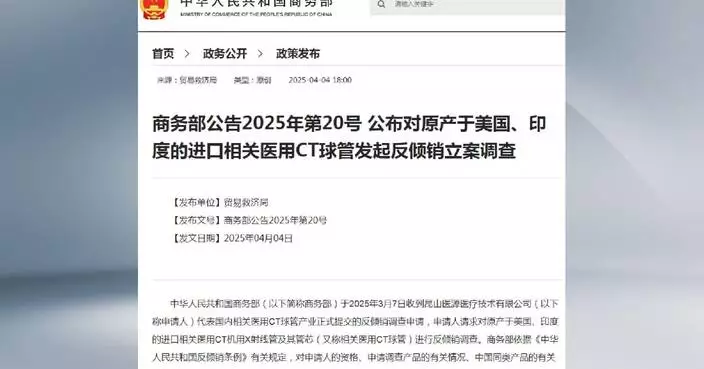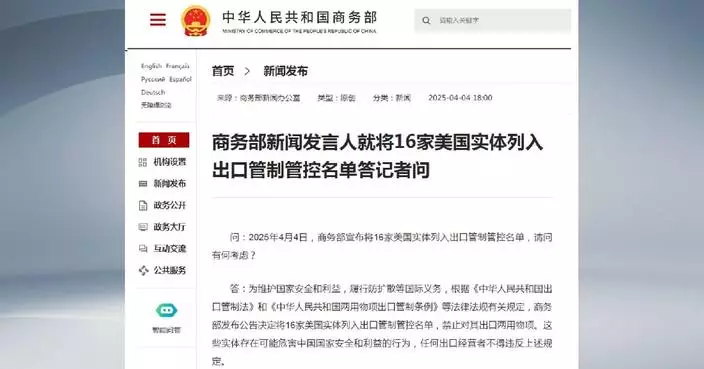The coffee industry has now become a new engine driving economic growth in Yanji, a county-level city in the Yanbian Korean Autonomous Prefecture of northeast China's Jilin Province, thanks to the supportive policies launched by the local government in recent years.
Yanji, with a permanent population of less than 700,000, has seen the number of coffee shops in it steadily increase in recent years. Some coffee practitioners have incorporated local specialties and folk elements into their coffee products and packaging, continuously creating unique coffee products and developing a distinctive coffee culture.
"We often launch innovative coffee products in the form of 'coffee+' combinations, such as Yanbian Asian pear coffee, rice wine coffee, dandelion root tea, and balloon flower root tea, among various other fashionable and folk products that reflect the unique characteristics of Yanbian," said Xu Guangyu, a staff member from a local cafe.
In order to make "coffee" a more prominent city label, Yanji has kept supporting the development of its coffee industry. By leveraging the growing trend in cultural and tourism integration, the city is creating new pathways for this development. It encourages the establishment of coffee shops around tourist attractions, fostering coordinated growth between the coffee industry and local scenic spots.
Accordingly, the local government has managed to accelerate administrative reforms and optimize the business environment for business startups in the city.
"We've launched in an in-depth way a reform of the administrative review and approval procedure, enabling the applicants for business startups to personally complete the filing of the application documentation 'only once', with sustained promotion of whole-process electronized processing of application documentations, reducing the duration of time for completing business startup registration to just one working day," said He Chunyan, deputy director of the Administrative Approval Office of Yanji Municipal Market Supervision Administration.
In the past two years, the number of coffee shops in Yanji has grown from over 500 to more than 1,000.
The rapid development of the coffee industry has attracted many young people to return or stay in their hometowns. Yanji has introduced a package of youth talent policies to offer up to 31 preferential treatments such as subsidies for housing purchases, rentals, and car purchases to attract young people.
"Next, we will comprehensively refine and update the youth talent policies, introducing an upgrade 2.0 edition of the talent policies. This aims to attract more young people to Yanji for employment and business startup, thereby injecting strong momentum into the development of various undertakings in the city," said Liu Qiwen, deputy director of the Yanji Municipal Human Resources and Social Security Bureau.
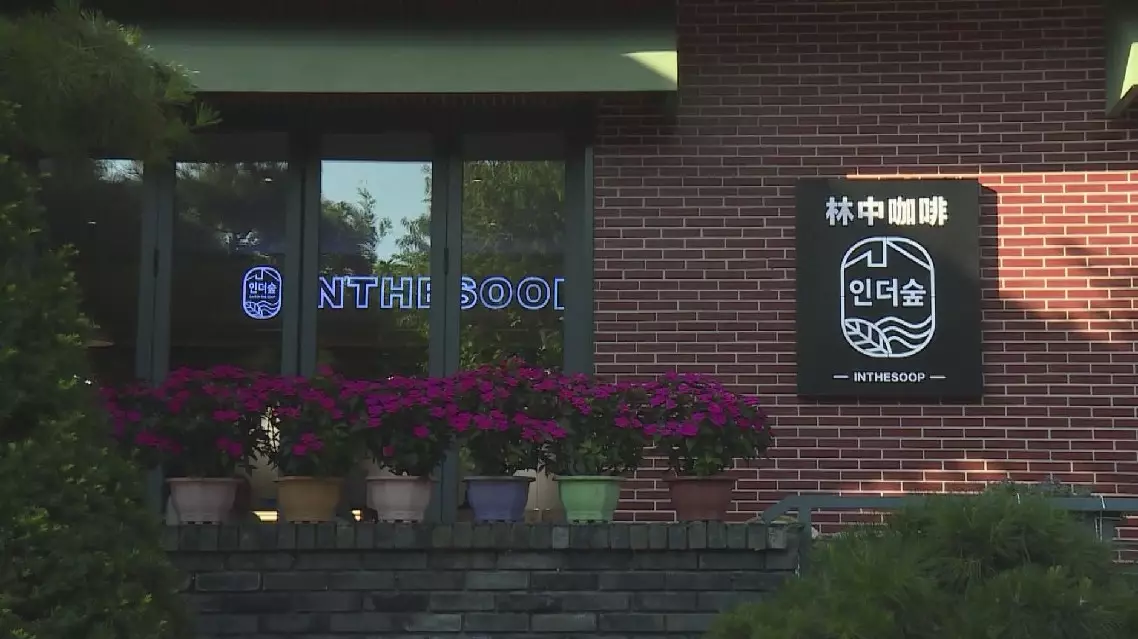
Coffee industry becomes new engine driving economic growth in northeast China city


